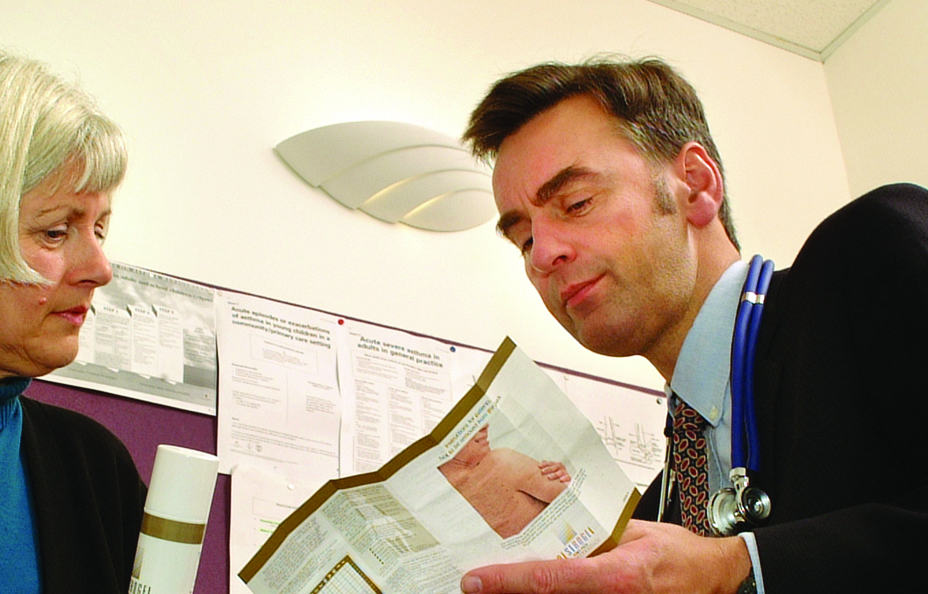
Report finds variation in quality of care in GP practices across England
pharmafile | September 21, 2017 | News story | Medical Communications | : Pharma, England, GP, NHS, biotech, drugs, pharma, pharmaceutical
Depending on your interpretation of results from the Care Quality Commission’s (CQC) recent report on the standard of care provided by GP practices then either 9 out of 10 practices are rated good or outstanding, or one in seven are failing.
The two interpretations are drawn from the inspection of 7,300 surgeries across England, with 86% of G practices being rated as ‘good’ and 4% being deemed ‘outstanding’ overall. However, on safety, 13% of GP practices were rated as requiring improvement and 2% were labelled inadequate.
The report noted the improvements to overall ratings and safety ratings in the years where the practices were evaluated, during the periods 2014 to 2017. Overall ratings of practices rated good improved from 79% to 86%. On safety, during first inspections in 2014, 27% were rated as requiring improvement and 6% inadequate, which later dropped to the previously mentioned figures.
One of the reasons identified for the discrepancy between results in practices was found to be partly due to the size of the team: “Internally within practices, our qualitative analysis found that a larger team size, with a mix of skills encompassing staff from a range of professional backgrounds, contributed to high-quality care. In these practices, roles were clearly identified, and can include for example nurses, phlebotomists, counsellors, pharmacists, occupational therapists and physiotherapists. Having a broader skill mix in a practice could also be a solution to recruitment problems.”
Specifically, the report noted that: “From our experience of general practice inspections, we found that those rated as good or outstanding tended to have invested in, and valued, their nursing teams.”
The larger teams were generally present in so-called ‘super practices’, which employ as many as 60 GPs in a single practice. The report actually noted a correspondence between the number of registered patients and overall rating, with larger patient figures correlating with higher overall ratings.
However, London actually rated the poorest region for number of practices rated as inadequate or requiring improvement at 17%. In a reversal of usual trends seen in healthcare, the north of England fared better, on average, than the south – with the north east having the highest rating, 98% rated good/outstanding, while Yorkshire and The Humber also had a strong rating of 97%.
Ben Hargreaves
Related Content

NICE recommends migraine treatment for NHS use
The National Institute for Health and Care Excellence (NICE) has shared draft guidance recommending AbbVie’s …

Novo Nordisk launches Wegovy in the UK
Novo Nordisk has today announced that Wegovy (semaglutide injection) is now available in the UK …

FDA approves IMIDEX’s AI-powered device VisiRad XR
The technological pharmaceutical company IMIDEX has been granted clearance from the US Food and Drug …








